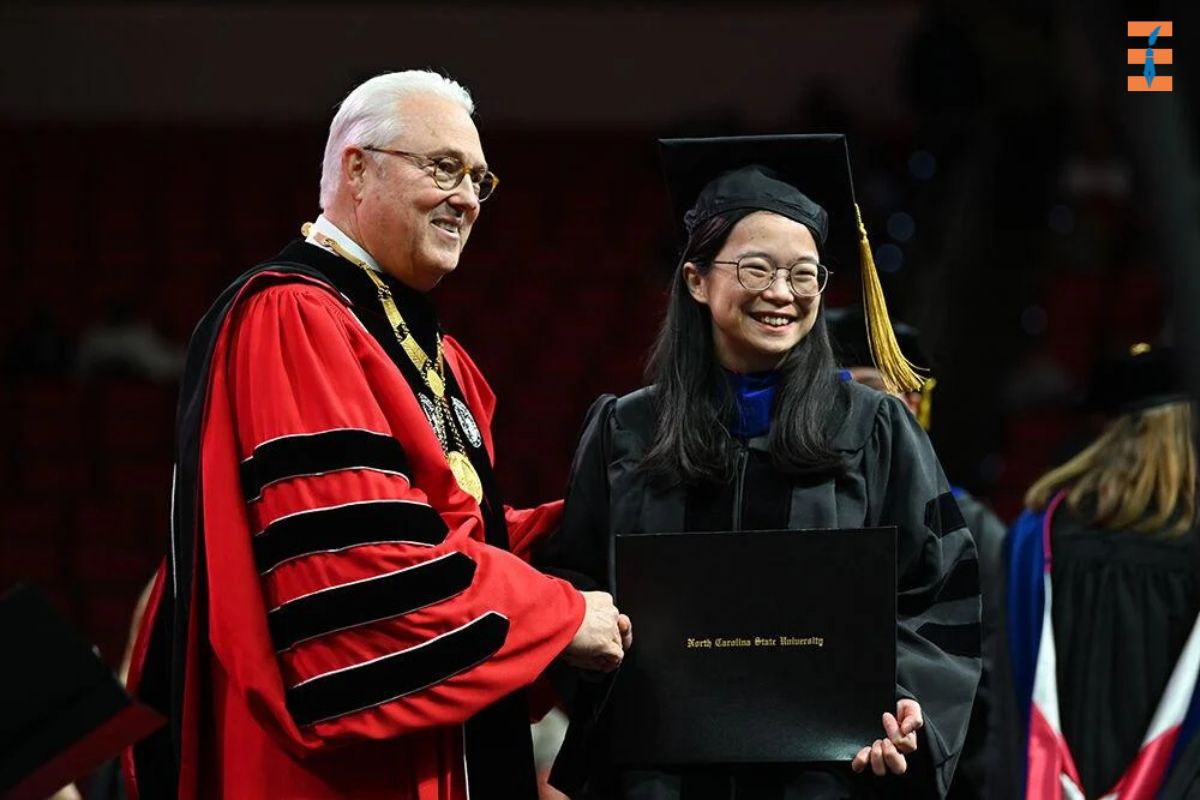In today’s fast-paced, interconnected world, success often hinges on one’s ability to build and maintain strong professional networks. The concept of professional networks is not limited to seasoned professionals but extends to students who are preparing for their future careers. In this article, we will explore the significance of guiding students to set up professional networks as an integral part of their educational journey and career development. The term “professional networks” will be the central focus throughout, with an emphasis on their importance, practical steps for students to establish and nurture these networks, and the long-term benefits they offer.
Significance Of Guiding Students To Set Up Professional Networks:
Understanding the Significance of Professional Networks:
Professional networks are intricate webs of connections and relationships built upon common interests, goals, and shared experiences. These networks serve as valuable assets for students in numerous ways. Here are some key reasons why guiding students to set up professional networks is of utmost importance:
1. Career Opportunities

Professional networks act as bridges between educational institutions and the professional world. When students actively engage with professionals in their chosen field, they gain insights into job opportunities, internships, and potential employers. These connections can often provide exclusive access to job openings that may not be publicly advertised.
2. Knowledge and Skill Enhancement
Interacting with professionals and peers within a network enables students to stay updated on industry trends, emerging technologies, and best practices. This exposure is invaluable as it enhances their knowledge and equips them with skills that may not be covered in traditional coursework.
3. Mentorship and Guidance
Within professional networks, students can find mentors who have been through the same academic and career journey. These mentors can offer guidance, share their experiences, and help students navigate challenges and make informed decisions about their academic and career paths.
4. Building Confidence
Interacting with professionals and like-minded peers can boost a student’s confidence. The feedback and encouragement received from individuals within their network can be a source of motivation and self-assurance.
5. Diverse Perspectives
Professional networks often encompass individuals from diverse backgrounds, experiences, and perspectives. This diversity exposes students to a wide range of ideas and worldviews, fostering a more open and inclusive mindset.
6. Long-term Relationships
The connections formed during a student’s educational journey can turn into long-lasting professional relationships. Many times, these relationships extend into the early stages of one’s career and beyond, offering continuous support and opportunities.
Practical Steps for Students to Establish Professional Networks
Guiding students to set up professional networks is a crucial step in helping them prepare for the future. Here are practical steps that students can take to build and nurture these networks effectively:
1. Utilize University Resources

Educational institutions often provide students with opportunities to attend seminars, workshops, and networking events. These events are excellent platforms to connect with professionals and like-minded peers. Students should actively participate in these activities and make the most of the resources available.
2. Online Platforms
In today’s digital age, online platforms like LinkedIn offer students a powerful way to connect with professionals in their field. Encourage students to create and regularly update their profiles, connect with professionals, and join relevant groups and communities.
3. Participate in Internships and Co-op Programs
Practical experience is a vital component of professional networks. Students should actively seek internships and co-op programs related to their field of study. These opportunities not only provide hands-on experience but also introduce students to professionals in their industry.
4. Attend Conferences and Industry Events
Conferences and industry events are hotspots for networking. Students can attend these events, engage in discussions, and make meaningful connections. Many times, educational institutions offer discounted or sponsored tickets for students to attend such events.
5. Utilize Faculty Relationships
Professors and academic advisors often have extensive professional networks. Students should not hesitate to seek their guidance and ask for introductions to professionals or alumni in their field.
6. Join Student Organizations
Many educational institutions have student organizations related to various fields of study. Joining these organizations can be an excellent way to connect with peers who share the same interests and goals.

Modernising Career And Technical Education
A career in technical education is a valuable asset to our educational system and economy. To remain effective, the education system must adapt to the evolving needs of students and industries.
7. Informational Interviews
Encourage students to reach out to professionals for informational interviews. This is a great way to learn more about a particular career path, gain insights, and establish initial connections.
8. Maintain a Professional Online Presence
In addition to LinkedIn, students can consider creating a professional blog or website to showcase their work and expertise. This online presence can be a powerful tool to attract the attention of potential connections.
9. Follow Up and Stay in Touch
Networking is not a one-time event. Students should remember to follow up with the people they meet, express gratitude, and stay in touch regularly. Building and maintaining relationships is an ongoing process.
The Long-term Benefits of Professional Networks
Professional networks are investments that pay off over time. They can be instrumental in shaping a student’s future and career. Here are some of the long-term benefits that students can expect from their professional networks:
1. Job Opportunities
As students transition into their careers, their professional networks can serve as job referral sources. Recommendations from trusted professionals in one’s network can open doors to attractive employment opportunities.
2. Mentorship and Guidance

Students can continue to seek guidance and mentorship from their network connections even after graduation. These mentors can provide valuable insights and advice throughout one’s career journey.
3. Collaboration and Projects
Professional networks often lead to collaborative projects and partnerships. Students can find opportunities to work on exciting projects with experienced professionals, further enhancing their skills and expertise.
4. Continued Learning
Staying connected with professionals in their field allows students to stay updated on industry developments and emerging trends. This continuous learning keeps them relevant and competitive in the job market.
5. Career Advancement
Over time, students can use their professional networks to explore opportunities for career advancement, such as promotions, leadership roles, or even entrepreneurial endeavors.
6. Industry Influence
Active involvement in professional networks can establish a student as a thought leader or influencer in their field. This recognition can lead to speaking engagements, publications, and other avenues to share their expertise.
7. Giving Back
As students progress in their careers, they have the opportunity to give back to their network by mentoring the next generation of students. This not only furthers their professional connections but also contributes to the growth of their field.
Conclusion
In conclusion, guiding students to set up professional networks is a critical aspect of preparing them for their future careers. These networks provide a plethora of opportunities for career development, knowledge enhancement, and personal growth. By actively engaging in networking activities and nurturing these connections over time, students can build a strong foundation for a successful and fulfilling professional life. The term “professional networks” is more than just a buzzword; it is a tangible asset that can significantly impact a student’s journey from education to the workforce and beyond. As educators and mentors, our role is to instill the importance of networking and provide students with the tools and guidance to build and leverage these invaluable connections.










